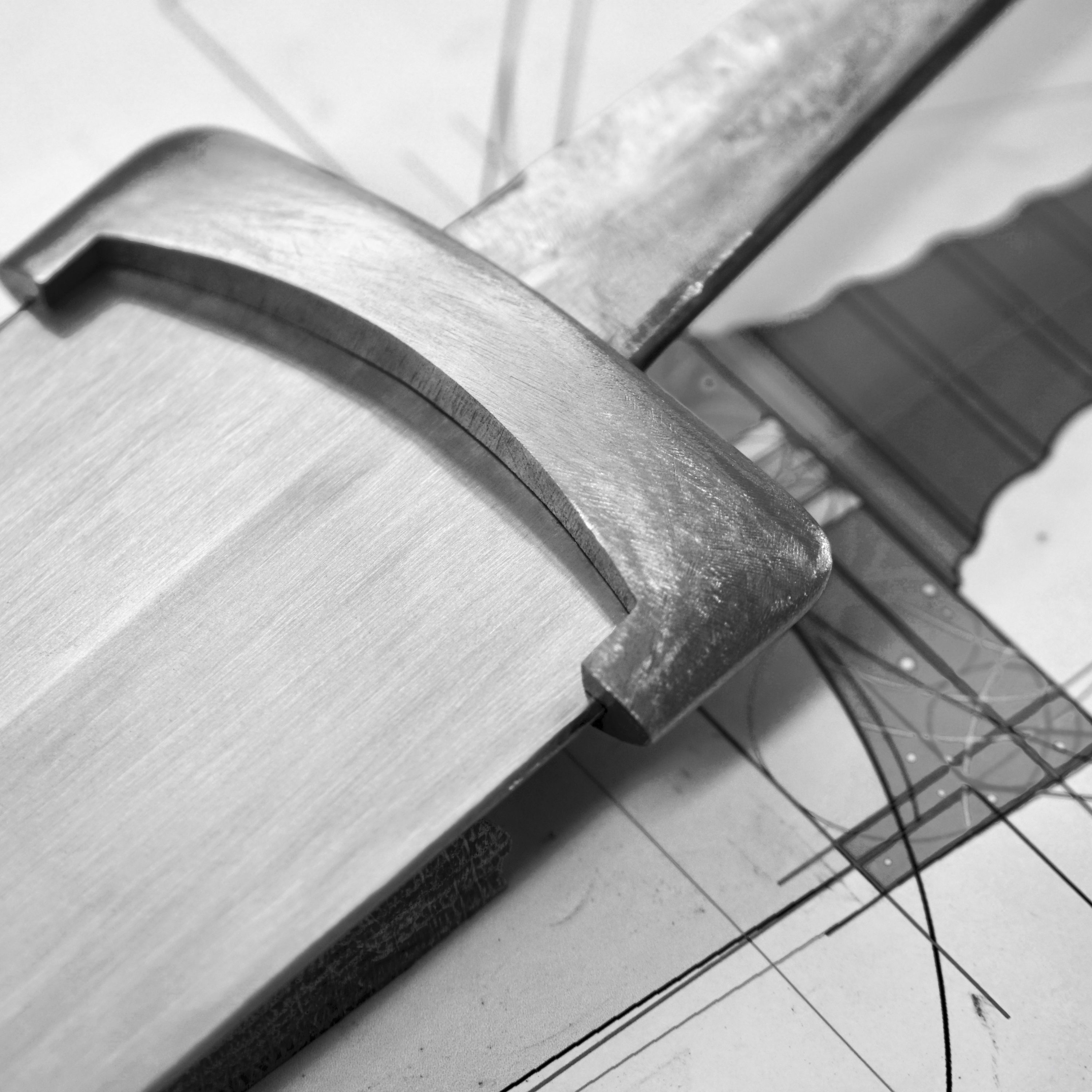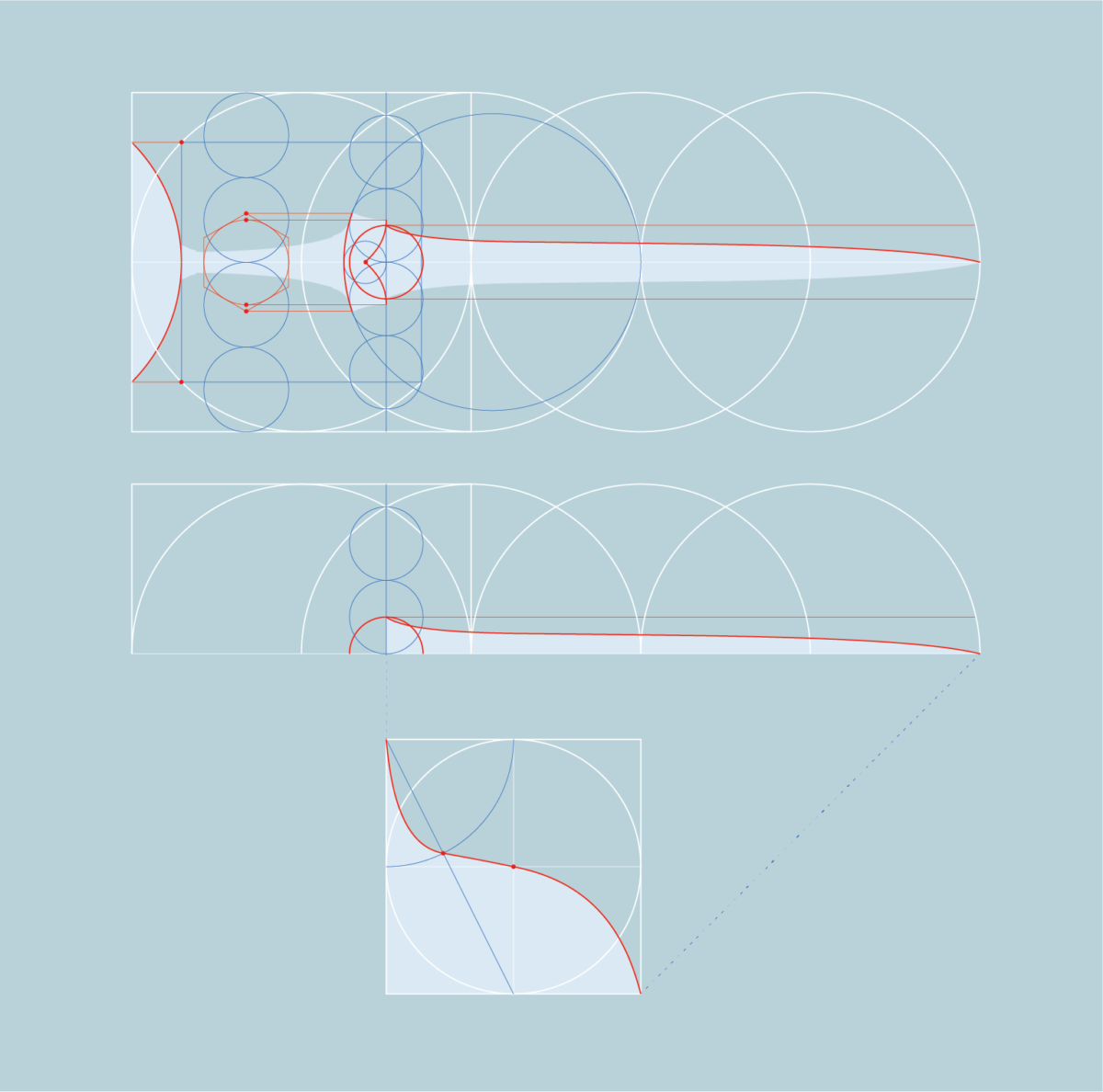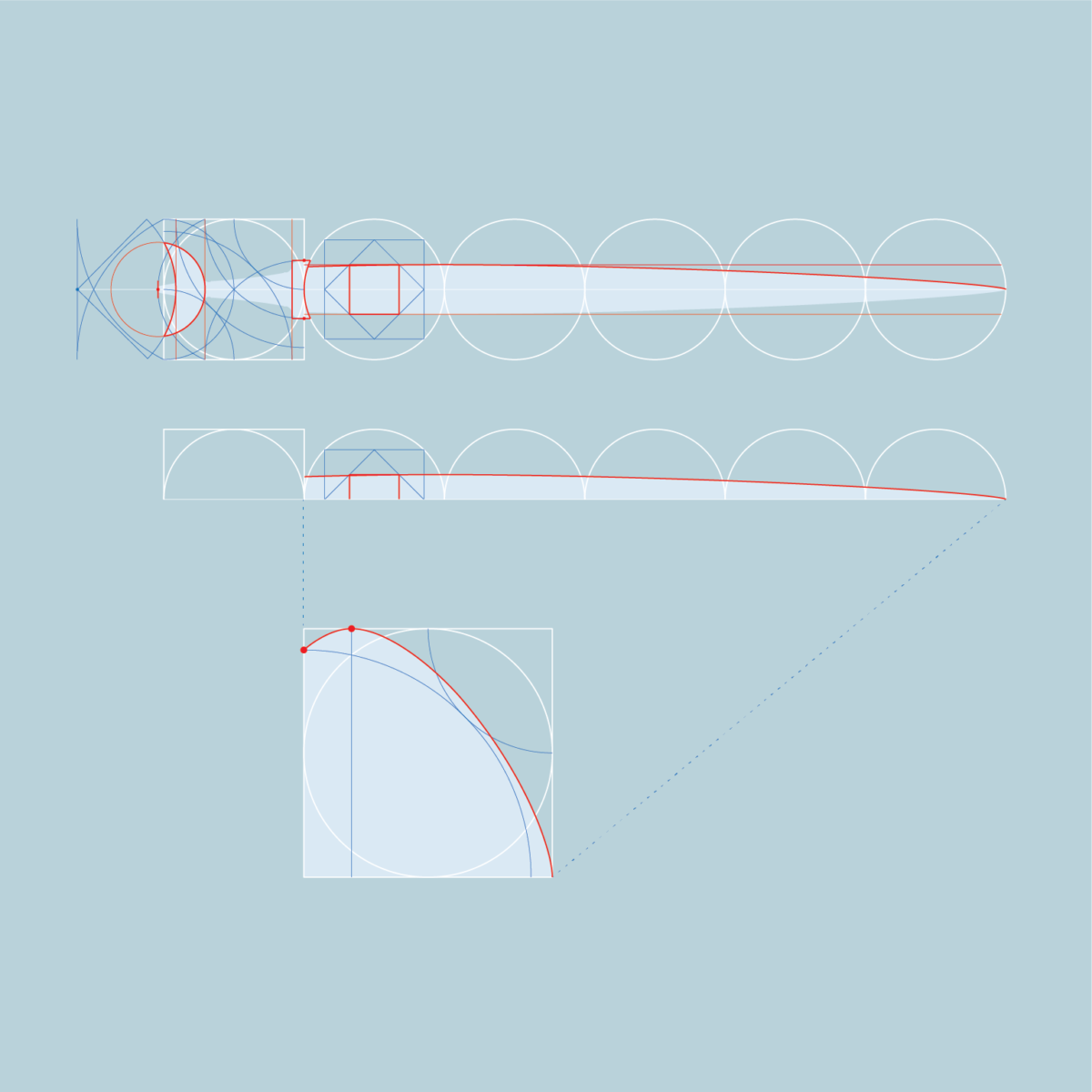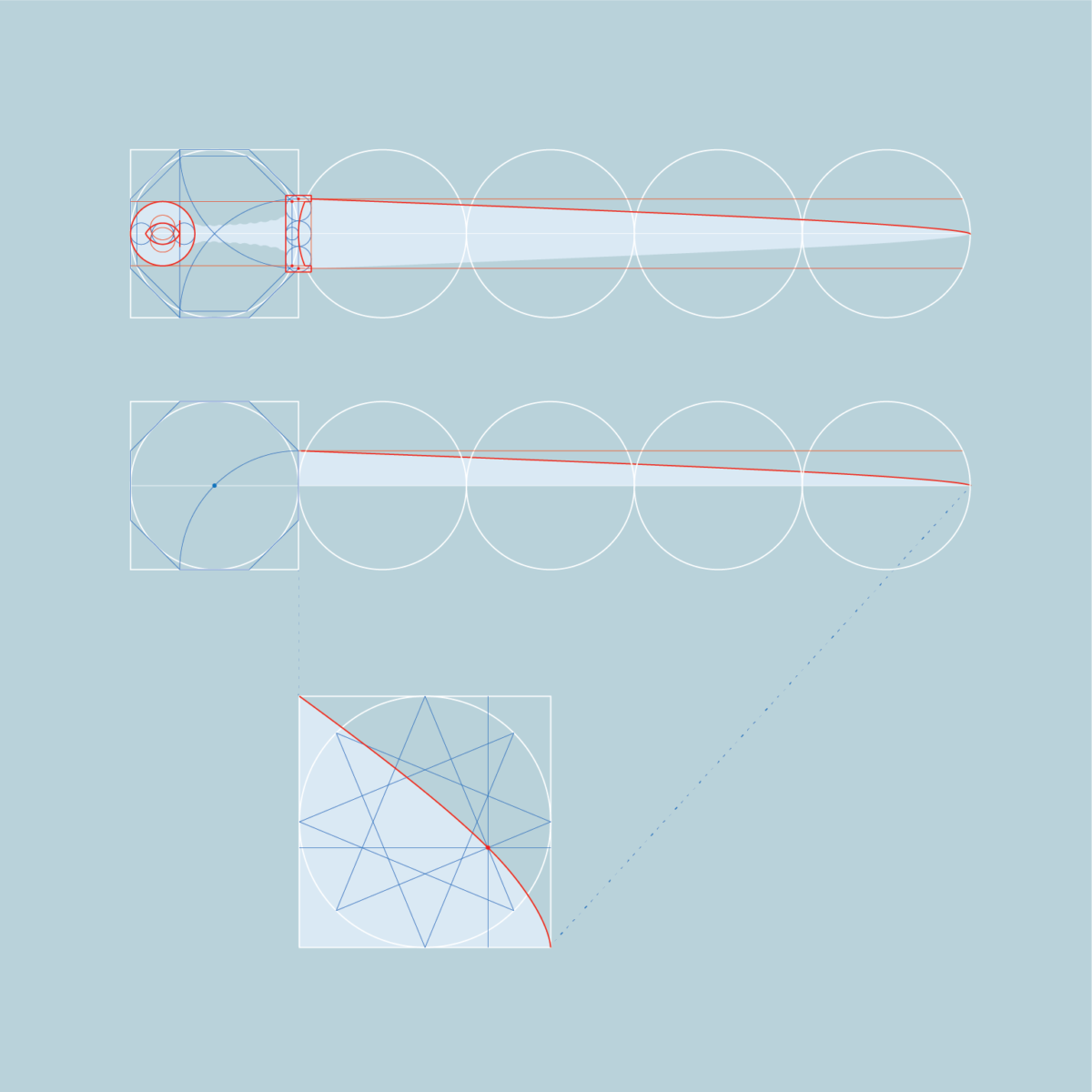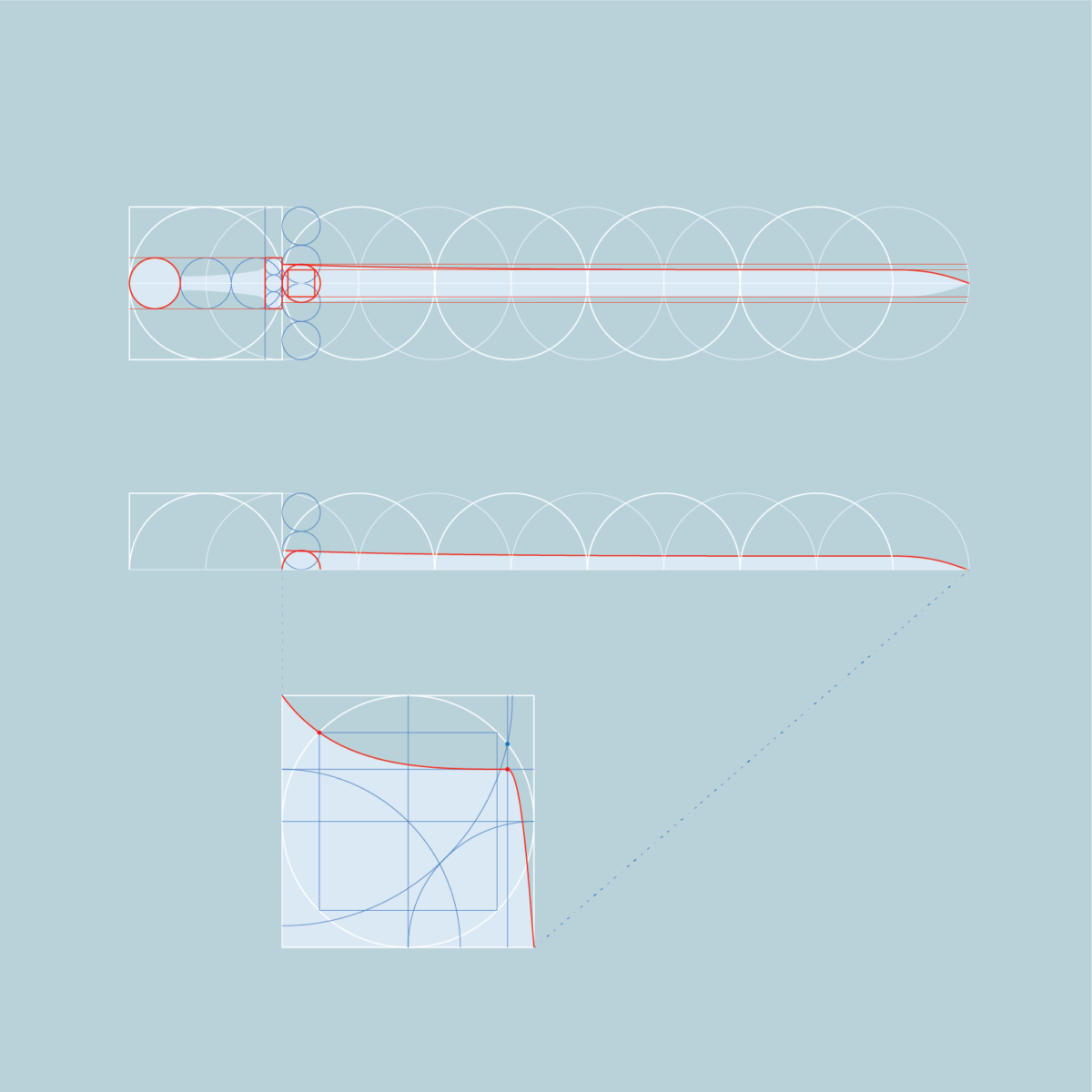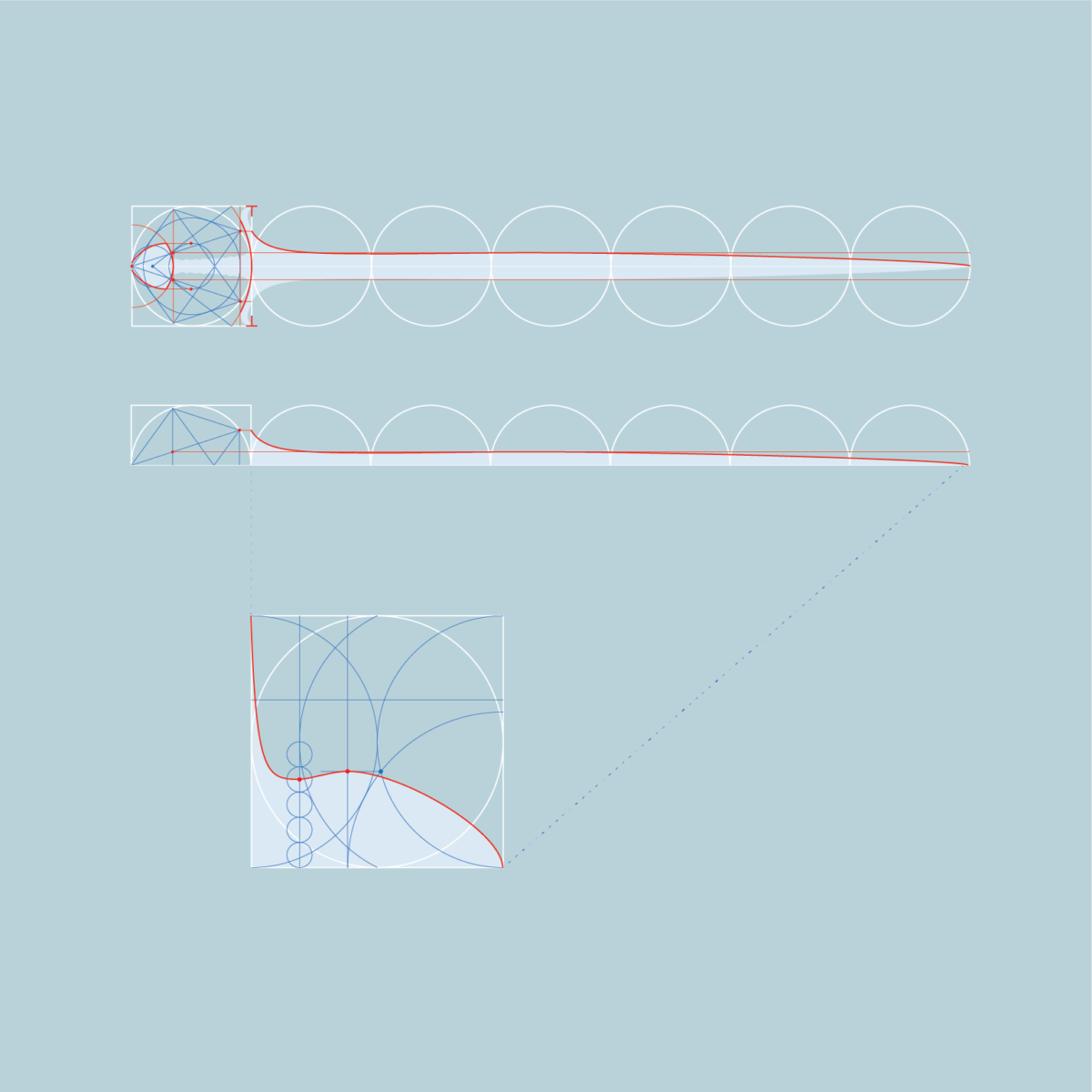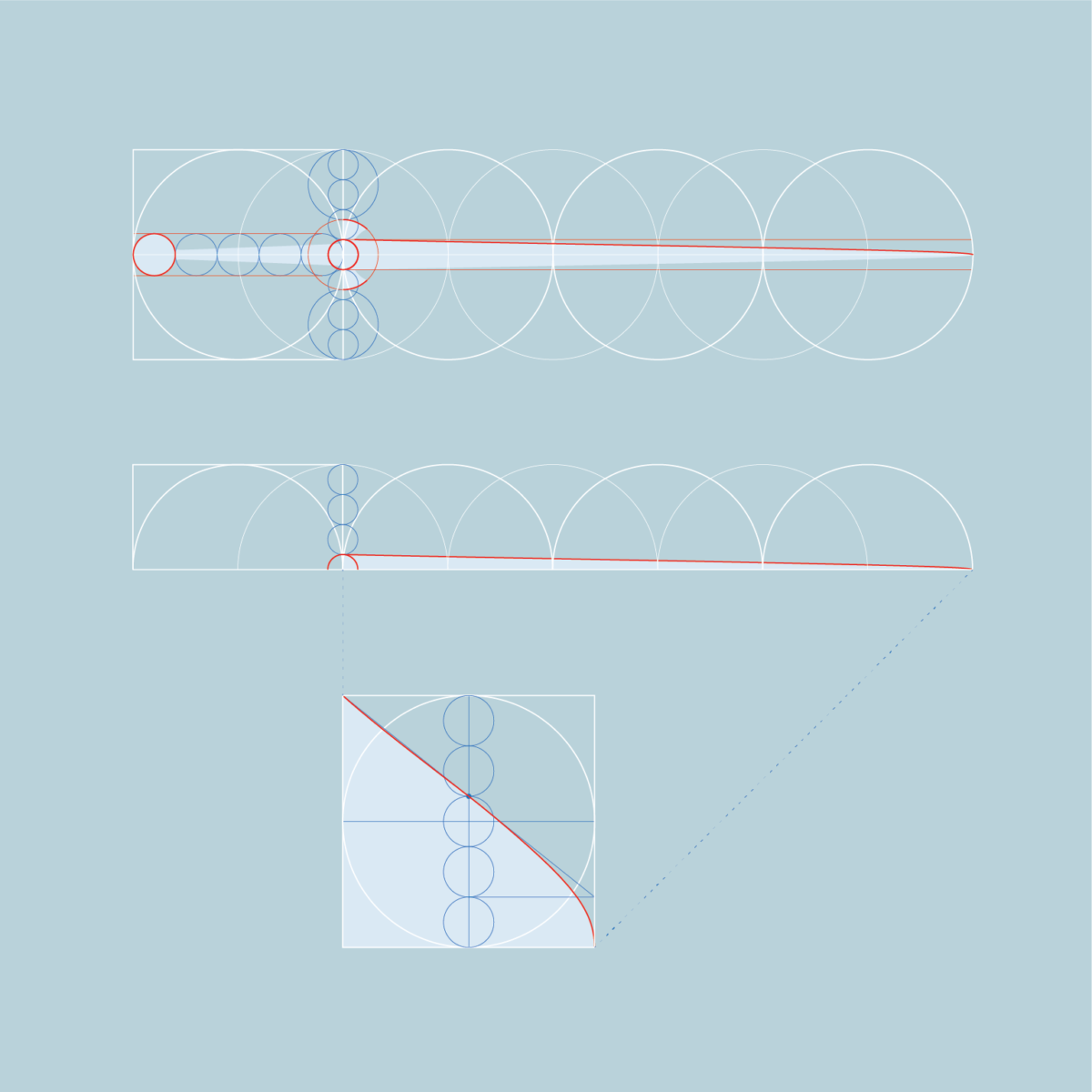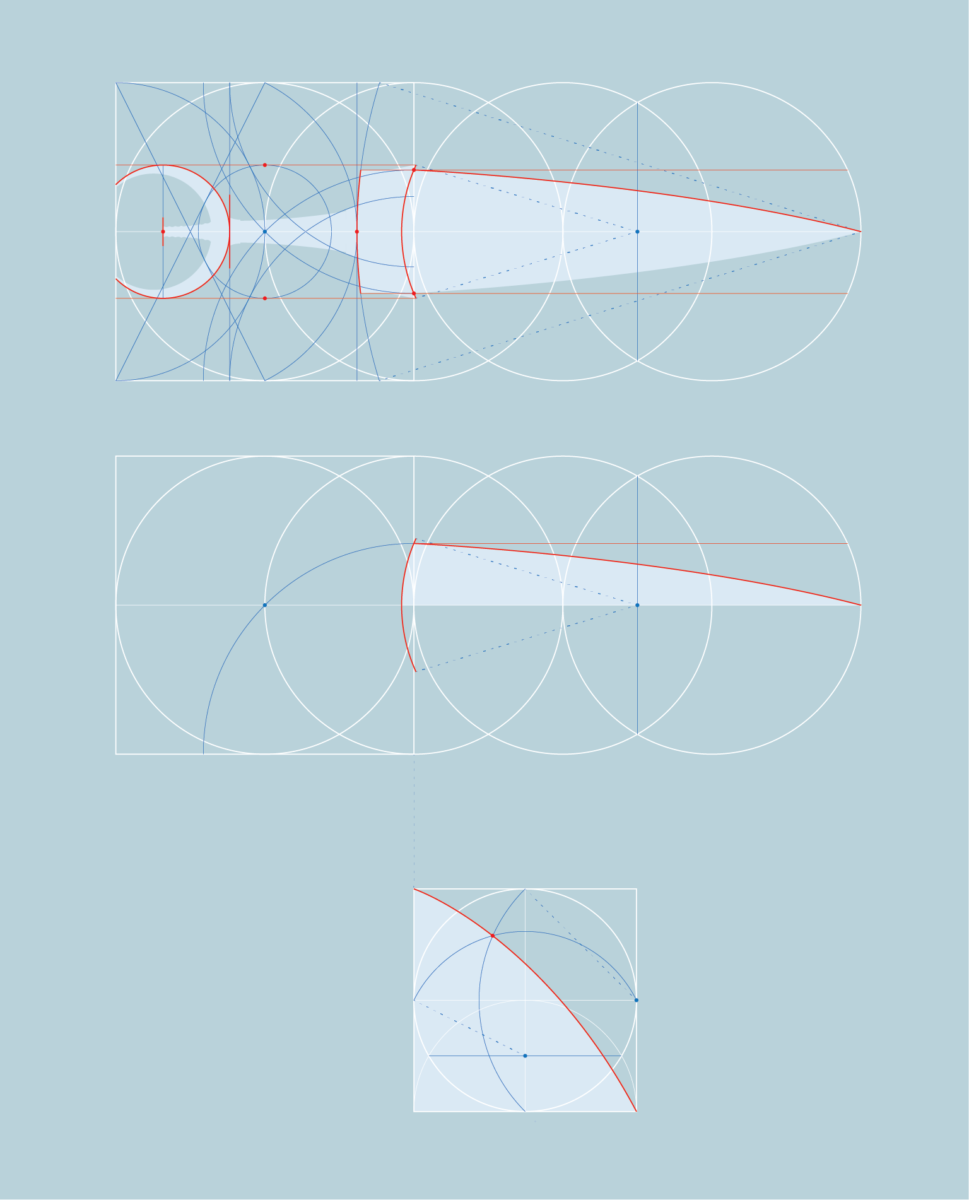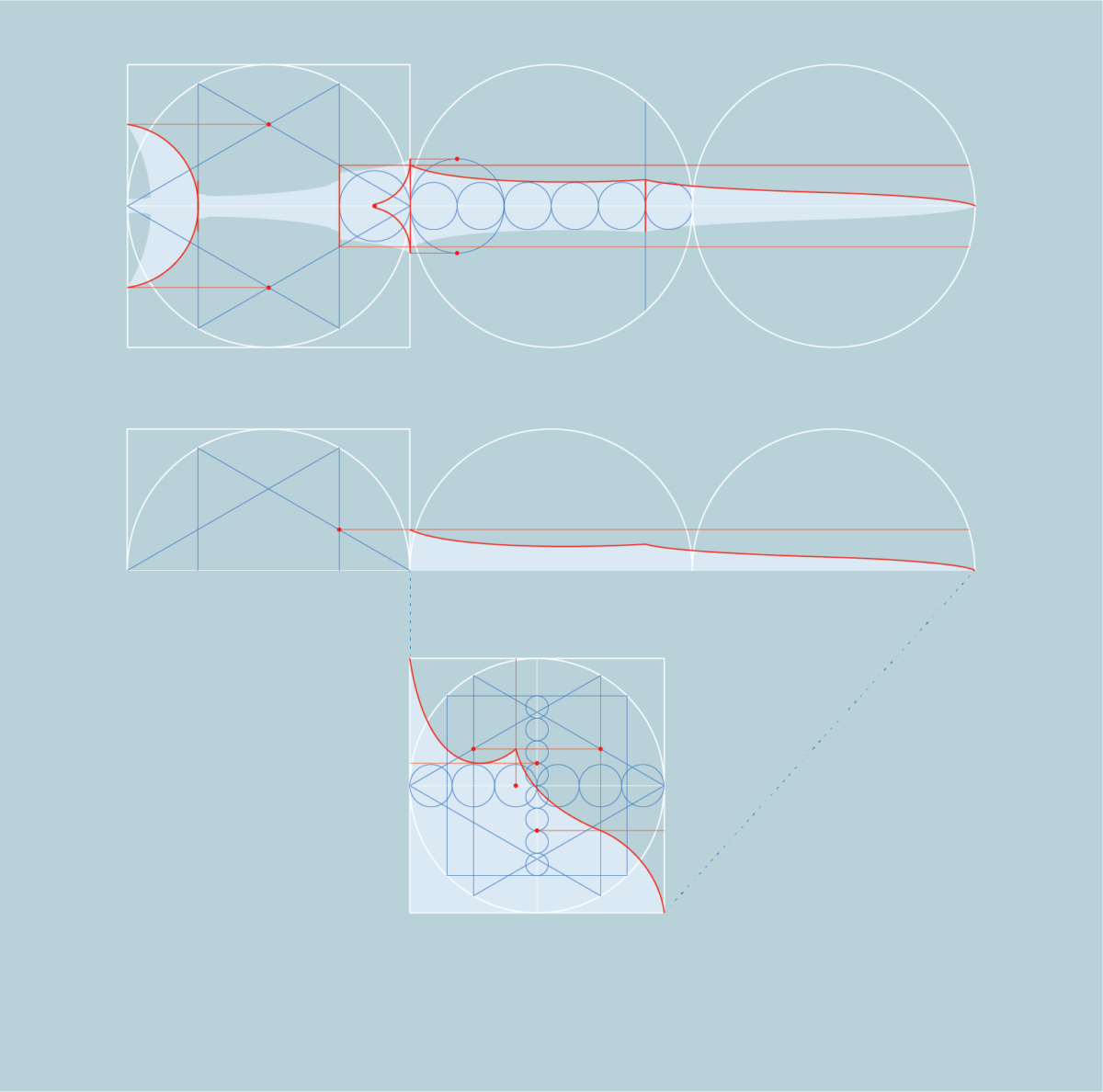GEOMETRY
Geometry exists as an aspect of reality independent of the human intellect and consciousness; hence it can be used to reveal objectively true facts about the universe around us. The word Geometry comes from the Greek words geo-: “earth” and -metron: “measurement”. In ancient civilizations geometry was a method for surveying land for agricultural use. Its original sense of measuring the earth eventually grew to include a sense of defining reality.
Greek philosophers like Pythagoras, Plato and Euclid studied the nature of numbers and geometric forms as fundamental elements. Early Judaic and Christian mystics perceived that God´s creation of the world followed geometric principles. Accordingly, geometry was understood to have a numinous quality as it suggested the presence of God in the underlying geometric structure of natural phenomena. Scientists of the Renaissance searched for a geometry that could truthfully describe the cosmos; Gallileo expressed this as he reflected on his observations, saying, “The universe cannot be read until we have learnt the language and become familiar with the characters in which it is written. It is written in mathematical language, and the letters are triangles, circles and other geometrical figures, without which means it is humanly impossible to comprehend a single word.”
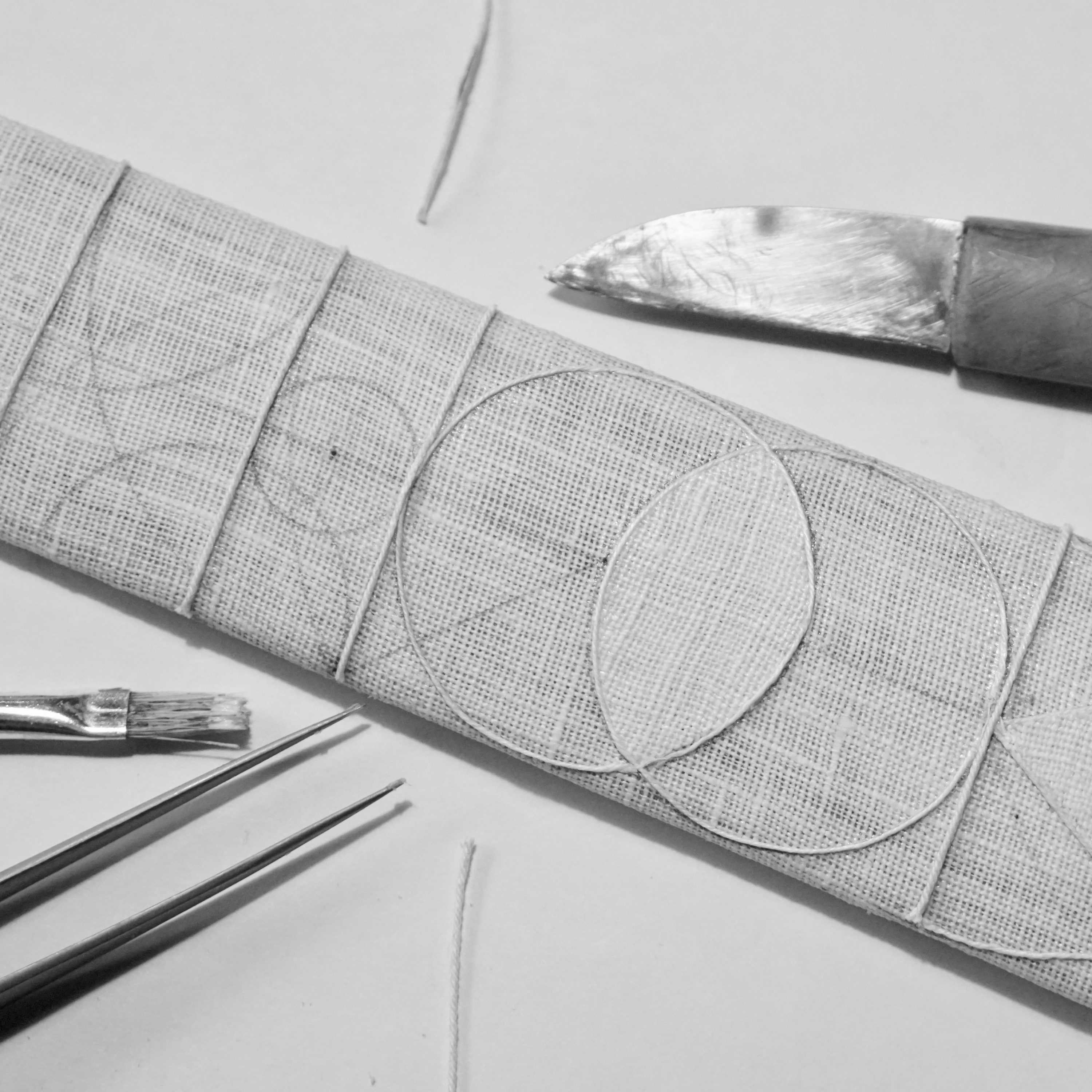
Ancient artists, artisans and architects also used geometry and numbers as a way to express ideas of religious and philosophical nature through their work, making their art rich with symbols and replete with meaning. We can see this urge to express abstract ideas of beauty in the very distant past through the lens of archaeology. Geometric incisions in seashells made by Homo Erectus some 500,000 years ago are the earliest known art to survive. The creative genius of our own species is evident already in geometric lattice-work rock carvings from around 70,000 BCE. The enigmatic stone spheres of the Neolithic period are also outstanding examples of ancient symbolic art, manifesting sophisticated, three dimensional ideas of geometry, number and proportion.
In many ancient cultures the proportions of the human body were understood as a reflection of the cosmological order. Temples were constructed with these proportions in mind to manifest humanity´s relation to divinity and to show the presence of the divine in the physical world through a harmony between the constituent parts of creation. These ideas became central to the aesthetic ideals of the Renaissance, with Leonardo da Vinci’s drawing of the Vitruvian man as one of the most iconic examples of this philosophy ever produced. His drawing illustrates how the ideal proportions of Man follow simple whole number ratios of the parts to the whole and how our physical shapes squares the circle: through our centre and with the reach of our arms we describe the combination of a square and a circle that have the same circumference, as an image of the unity of the spiritual and material.
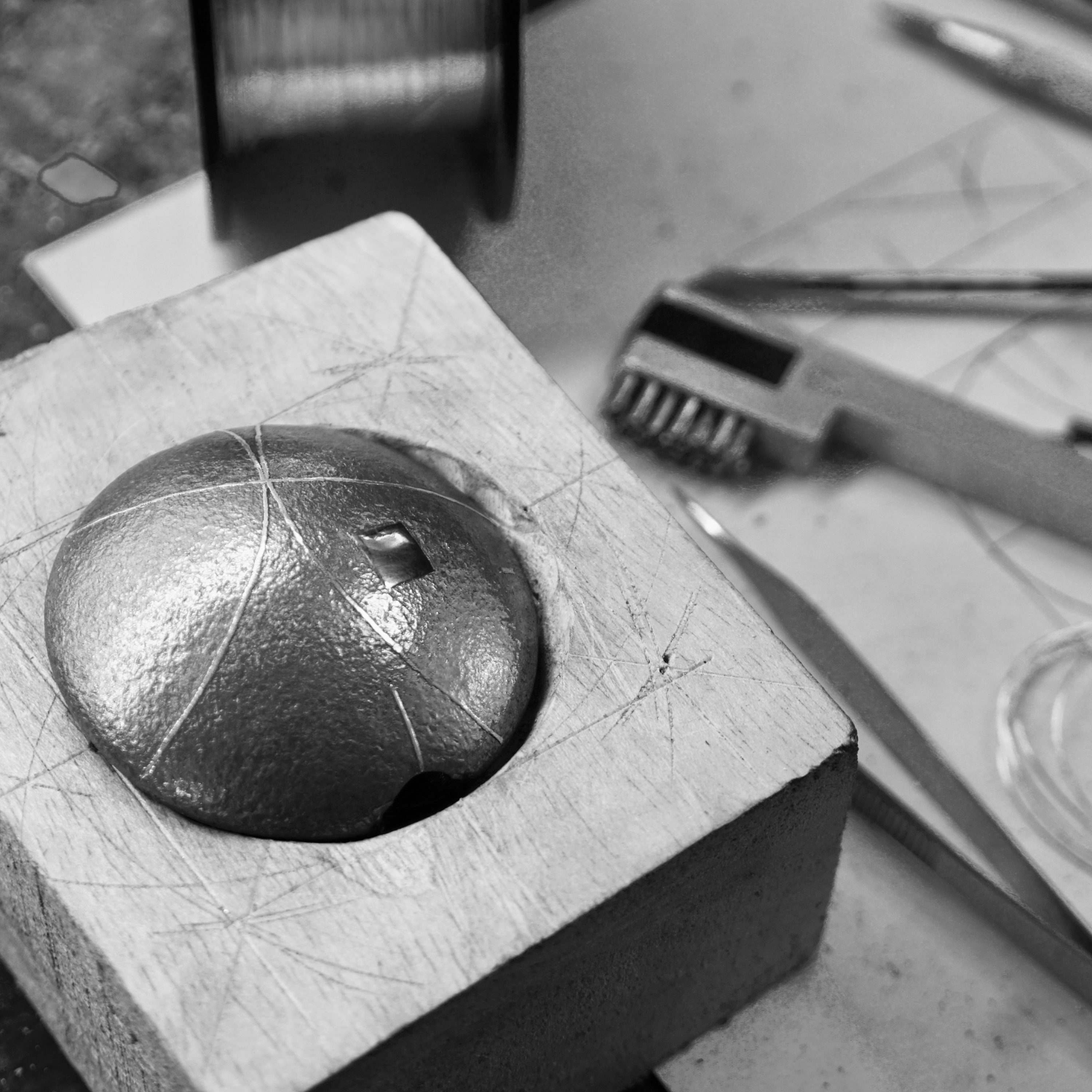
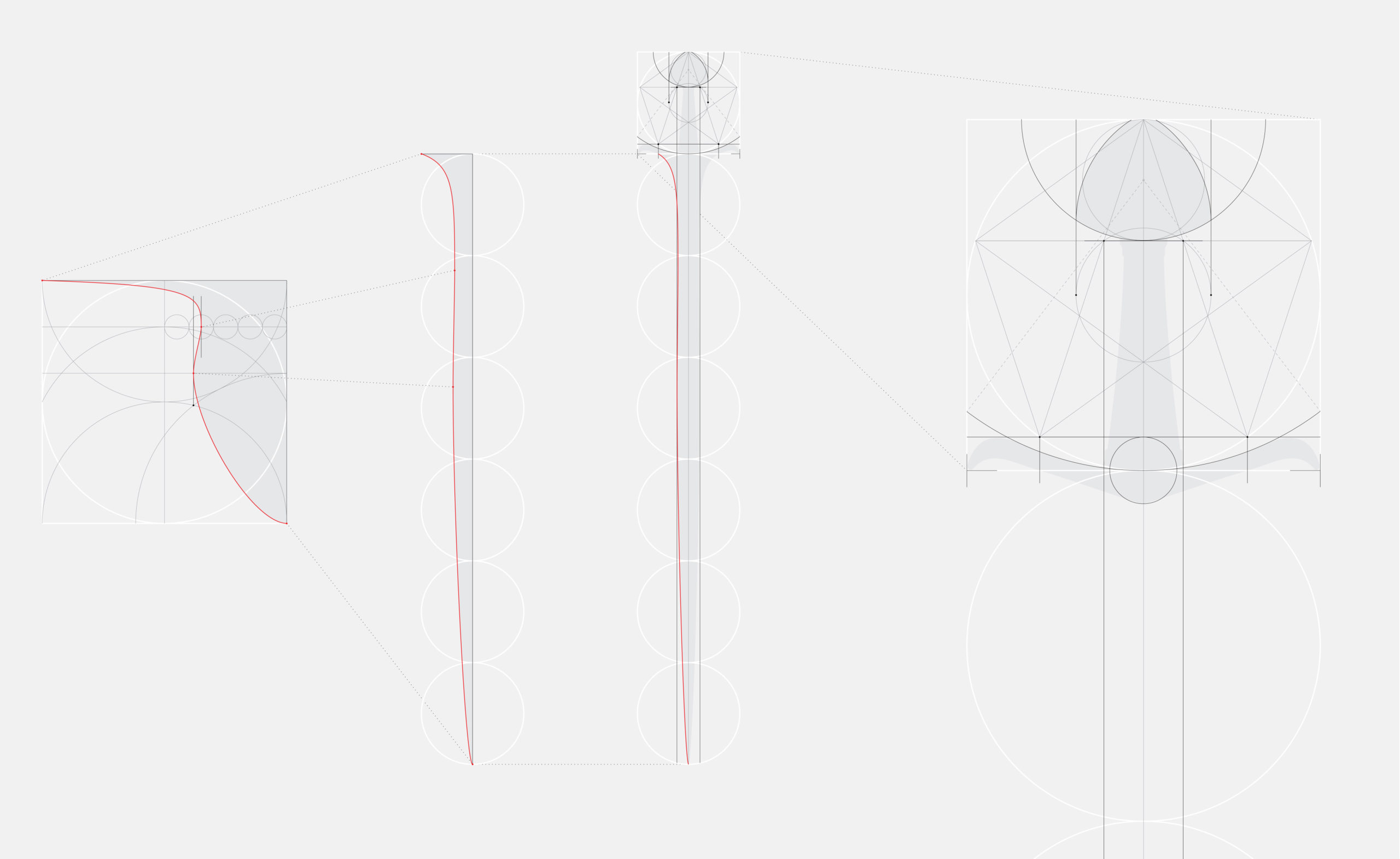
The Reflections swords employ geometry and number as the fundamental principles of design in order to explore their traditional role of suggesting the numinous through specific proportions in the material world, but also through their proportions to relate directly to underlying structures that can be understood as true models of reality. The compass, a tool designed to bring measure and order to chaos using only two connected points, is a mirror to the double-edged sword as a symbol of the discerning mind and the piercing intellect. In reaching for time-less forms for these swords, a set of design strategies was employed that shares elements with the design of medieval cathedrals. The proportions of hilt and blade were set by a series of circles, so that the top of the pommel and the end of the blade meet the circumference of the first and last circles in an interlinked series. The length of the hilt is defined by the diameter of the first circle or set by the vesica formed by the intersection of the first and second circle. The height of the pommel, the maximum width of the blade and the width and height of the guard are defined by geometric cuts or whole number divisions of the first circle or the square it inscribes. The outline of the blade is constructed in a square using guidelines that partake of the same geometric principles as the sword. The curve thus formed is then elongated and adjusted in width to fit the proportions of the full construction (see the image above for an illustration of this).
The priority of proportions over arbitrary dimension throughout the making allows for a mindset that transforms the way the finished piece is appreciated. It shifts the emphasis from the individual parts to how these elements relate and interact. Being swords for contemplation, this principle of design reflects their intended function. This use of geometry in design is similar to the role of meter in poetry. Geometric construction serves both as a scaffold upon which the forms and proportions are constructed, and as a set of constraints for the emerging shapes. Geometry measures the world around us and may provide a context for humanity in the cosmos. Similarly the geometry of each sword defines a set of principles through which the sword and its meaning can be brought to fruition. Thus, the constraints themselves are actually liberty and impetus; without them there is neither object nor meaning.
